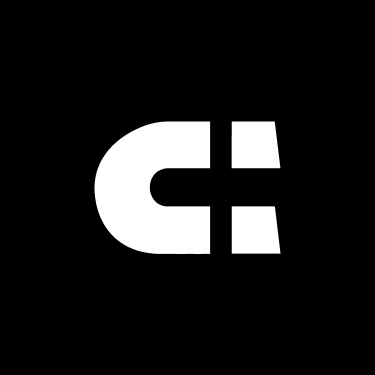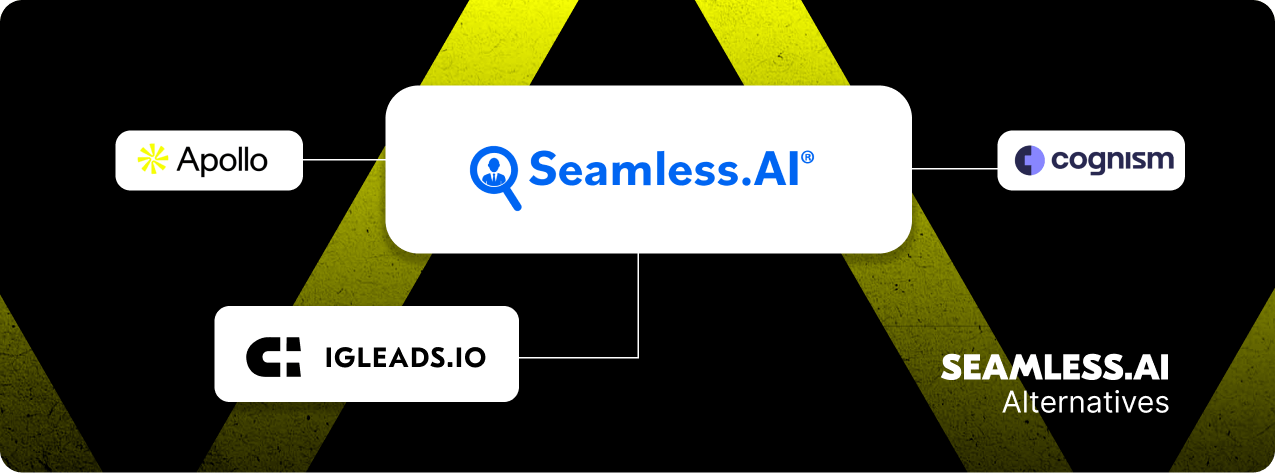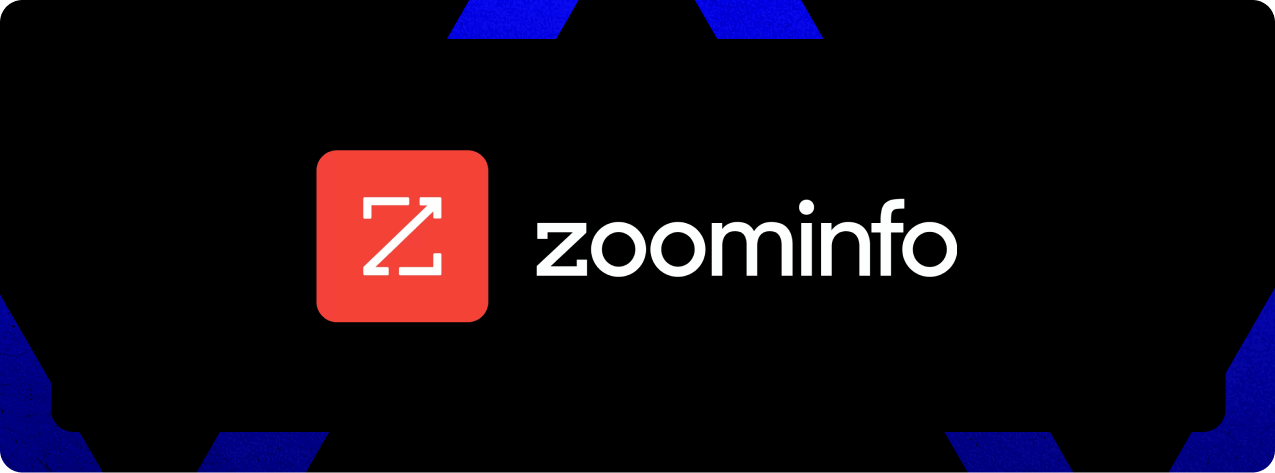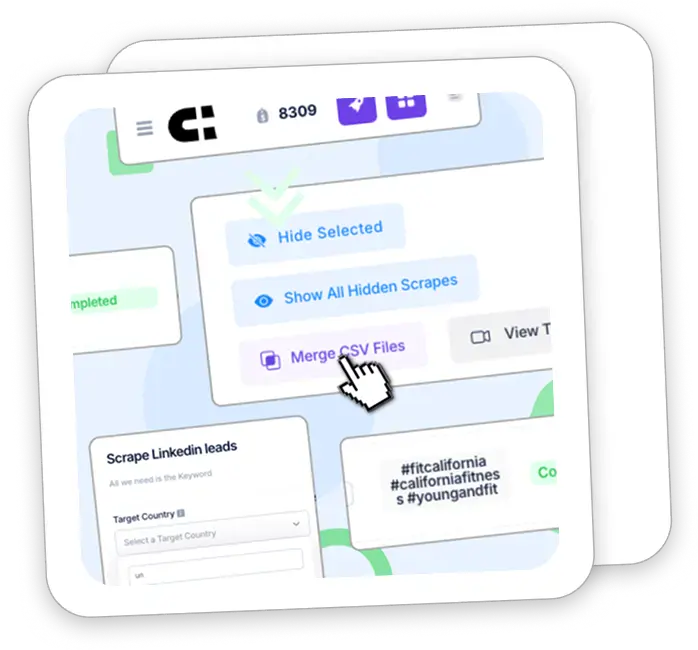Web Design Leads | Get More Leads Today
In the bustling world of web design, attracting clients is key to success. With over 125,000 web design businesses in the U.S., standing out is crucial. Web design leads are the lifeblood of any thriving design business, fueling growth and bringing in fresh projects.
Effective lead generation for web designers involves a mix of strategies. From crafting user-friendly forms to showcasing stunning portfolios, every step counts. The goal? To connect with potential web design clients who value your skills and fit your ideal project scope.
Smart designers know the importance of qualifying leads early. This approach saves time and helps avoid budget mismatches. By focusing on the right strategies, you can boost your chances of landing dream projects and growing your design business.
Key Takeaways
- Web design leads are essential for business growth
- Competition is fierce with 125,000+ web design businesses in the U.S.
- User-friendly forms and optimized portfolios attract potential clients
- Early lead qualification saves time and resources
- Effective strategies help designers stand out in a crowded market
Understanding Web Design Leads
Web design prospecting is a crucial aspect of growing your business. Let’s dive into the world of web design leads and explore their significance for designers looking to expand their client base.
What are web design leads?
Web design leads are potential clients interested in web design services. These individuals or businesses have shown some level of interest in getting a website created or redesigned. They form the foundation of web designer client acquisition strategies.
Importance of leads for web designers
Leads are the lifeblood of any web design business. They provide opportunities for growth, steady income, and portfolio expansion. Without a consistent flow of leads, designers may struggle to maintain a thriving business.
Types of web design leads: cold vs. warm
Web design leads can be categorized into two main types:
- Cold leads: These are potential clients who haven’t interacted with your business yet. They might need web design services but aren’t actively seeking them.
- Warm leads: These leads have shown interest in your services. They might have visited your website, subscribed to your newsletter, or engaged with your social media content.
Understanding the difference between cold and warm leads is key to effective web designer client acquisition. Warm leads are typically easier to convert, as they’re already familiar with your work. Cold leads require more nurturing but can be valuable for long-term business growth.
The art of web design prospecting lies in turning cold leads into warm ones, and warm leads into loyal clients.
By mastering the art of lead generation and nurturing, web designers can create a steady stream of potential clients, ensuring the continued success and growth of their business.
The Competitive Landscape of Web Design
Web design marketing has become increasingly fierce. With over 125,000 web design businesses in the U.S., standing out is a challenge. This vast pool includes design agencies, freelancers, and gig platforms like Upwork.
For web designer business development, understanding this competitive landscape is crucial. Let’s break down the market:
| Business Type | Advantages | Challenges |
|---|---|---|
| Design Agencies | Comprehensive services, team expertise | Higher costs, less flexibility |
| Freelancers | Personalized service, cost-effective | Limited resources, time constraints |
| Gig Platforms | Wide client base, easy to start | High competition, lower rates |
Success in this crowded field demands a strong focus on lead generation. Effective web design marketing strategies are essential to attract and retain clients.
- Develop a unique value proposition
- Build a strong online presence
- Continuously improve skills and stay updated with trends
- Network and build relationships within the industry
By understanding the competitive landscape and implementing targeted strategies, web designers can carve out their niche and succeed in this dynamic market.
Effective Lead Generation Strategies for Web Designers
Web design lead generation strategies are crucial for growing your business and increasing web design sales. Let’s explore some powerful techniques to attract and convert potential clients.
Content Marketing and Blogging
Creating valuable content helps establish your expertise and attract organic leads. Share insights on web design trends, tips for effective websites, and case studies of successful projects. This approach nurtures trust and positions you as an industry authority.
Social Media Marketing
Leverage social platforms to showcase your work and engage with potential clients. Share before-and-after images of website redesigns, offer quick design tips, and respond to inquiries promptly. This visibility can significantly boost your web design sales pipeline.
Email Marketing Campaigns
Build an email list of interested prospects and send targeted campaigns. Offer free resources like design checklists or website audits to capture leads. Then, nurture these contacts with valuable content and personalized offers to convert them into clients.
Networking and Referrals
Don’t underestimate the power of personal connections. Attend industry events, join professional groups, and partner with complementary businesses. Satisfied clients can become your best advocates, so encourage referrals through incentive programs or simply by delivering exceptional work.
| Strategy | Key Benefit | Implementation Tip |
|---|---|---|
| Content Marketing | Establishes expertise | Publish weekly blog posts |
| Social Media | Increases visibility | Post daily on key platforms |
| Email Marketing | Nurtures leads | Send bi-weekly newsletters |
| Networking | Builds trust | Attend monthly industry events |
By implementing these web design lead generation strategies consistently, you’ll create a steady flow of qualified prospects and boost your web design sales over time.
Optimizing Your Website for Lead Generation
Your website is the cornerstone of your web design marketing strategy. It’s where potential clients land to explore your services and decide if you’re the right fit for their projects. To maximize lead generation, you need to optimize every aspect of your site.
Start by focusing on speed. A fast-loading website keeps visitors engaged and reduces bounce rates. Compress images, minimize code, and use a reliable hosting service to ensure quick load times across all devices.
Strategic placement of call-to-action buttons is crucial in web design sales funnels. Make them stand out with contrasting colors and compelling copy. Place CTAs above the fold and at natural decision points throughout your site.
Incorporate trust symbols to boost credibility. Display client testimonials, industry awards, and certifications prominently. Include reviews from reputable platforms to showcase your expertise and reliability.
Our website conversion rate increased by 30% after implementing strategic CTAs and showcasing client testimonials.
Organize your portfolio effectively. Categorize your work samples to help prospects quickly find relevant projects. Provide detailed case studies that highlight your problem-solving skills and the results you’ve achieved for clients.
| Optimization Element | Impact on Lead Generation |
|---|---|
| Fast Loading Speed | Reduces bounce rates by 32% |
| Strategic CTA Placement | Increases click-through rates by 25% |
| Trust Symbols | Boosts conversions by 42% |
| Organized Portfolio | Improves engagement by 38% |
By implementing these optimization strategies, you’ll create a powerful lead generation machine that attracts and converts high-quality prospects for your web design business.
Implementing Multi-Step Forms for Higher Conversions
Capturing web design leads effectively is crucial for growing your client base. Multi-step forms offer a powerful solution to boost conversions and qualify potential web design clients. Let’s explore how these forms can transform your lead generation process.
Benefits of Multi-Step Forms
Multi-step forms break down information collection into manageable chunks. This approach can increase conversions by up to 86% compared to standard forms. By presenting questions gradually, you reduce form abandonment and gather more detailed information from potential web design clients.
Best Practices for Form Design
When designing multi-step forms for web design leads, start with simple questions to engage users. Gradually progress to more detailed inquiries. Use a progress bar to show users how far they’ve come. Keep each step focused on a specific topic to maintain clarity and improve user experience.
Asking the Right Questions to Qualify Leads
To qualify web design leads effectively, ask strategic questions. Inquire about their budget expectations, project timeline, and specific design needs. This helps you identify serious prospects and avoid mismatched expectations. Remember, the goal is to attract quality web design clients, not just quantity.
- What’s your estimated budget for this web design project?
- When do you need the website completed?
- What are the primary goals for your new website?
By implementing these strategies, you’ll create a smooth lead generation process that not only increases conversions but also helps you find the right web design clients for your business.
Creating a Compelling Web Design Portfolio
A strong portfolio is vital for web design prospecting. It’s your chance to shine and attract potential clients. Let’s explore how to build a portfolio that stands out.
Start by showcasing your best work. Choose projects that highlight your skills and align with your target audience. Categorize your work to make it easy for visitors to find what they’re looking for.
Include case studies to provide context. Explain the challenges you faced and how you solved them. This approach demonstrates your problem-solving abilities and can boost web designer client acquisition.
- Use high-quality images of your designs
- Add before-and-after examples to show your impact
- Include client testimonials to build trust
Don’t forget the human element. Add a photo or video of yourself or your team. This personal touch can help potential clients connect with you on a deeper level.
“A well-crafted portfolio not only showcases your skills but also tells your story as a designer.”
Remember to keep your portfolio updated with your latest work. This shows you’re active in the field and continuously improving your skills. A fresh, evolving portfolio can be a powerful tool for web design prospecting and client acquisition.
Leveraging Social Selling for Web Design Leads
Social selling transforms web design marketing. It’s a powerful tool for web designer business development. Let’s explore how to harness its potential.
Building a Strong Social Media Presence
A robust social media profile is key. Showcase your best work. Share insights on web design trends. Engage with your audience regularly. This builds trust and attracts potential clients.
Engaging with Potential Clients on Various Platforms
Different platforms offer unique opportunities. Instagram is great for visual portfolios. Twitter allows quick interactions. LinkedIn is perfect for professional networking. Tailor your web design marketing approach to each platform.
| Platform | Best For | Engagement Strategy |
|---|---|---|
| Visual portfolios | Share design snippets, before-after shots | |
| Quick interactions | Share tips, join design discussions | |
| Professional networking | Share case studies, industry insights |
Utilizing Designer Communities for Networking
Join online design communities. Participate in forums and discussions. Share your expertise. This boosts your visibility and aids web designer business development. It’s a great way to connect with peers and potential clients.
“Social selling isn’t just about making sales. It’s about building relationships that lead to sales.”
Remember, consistency is key in social selling. Regular engagement and valuable content will drive your web design marketing efforts forward.
Exploring PPC Advertising for Lead Generation
Pay-Per-Click (PPC) advertising is a powerful web design lead generation strategy that can quickly boost your web design sales. This approach allows you to target specific keywords and demographics, making it an effective tool for attracting potential clients.
To launch a successful PPC campaign, start by researching user personas and relevant keywords. This groundwork ensures your ads reach the right audience and generate quality leads. Begin with a small budget to test different ad versions before scaling up your investment.
- Target specific keywords related to web design services
- Focus on demographics that match your ideal client profile
- Create compelling ad copy that highlights your unique value proposition
- Design landing pages optimized for conversions
Continuous testing and optimization are crucial for PPC success. Monitor your campaigns closely and adjust your strategy based on performance data. This iterative process helps refine your web design lead generation strategies over time.
| PPC Platform | Targeting Options | Average Cost Per Click |
|---|---|---|
| Google Ads | Keywords, Demographics, Interests | $2.50 – $5.00 |
| Facebook Ads | Interests, Behaviors, Job Titles | $1.50 – $3.00 |
| LinkedIn Ads | Job Titles, Industries, Company Size | $5.00 – $8.00 |
While PPC can be more expensive than organic methods, it offers the advantage of immediate visibility and precise targeting. By mastering PPC advertising, you can significantly enhance your web design sales and attract high-quality leads for your business.
Utilizing Freelancing Platforms to Find Clients
Freelancing platforms offer a great way for web designers to connect with potential clients worldwide. These online marketplaces can be a goldmine for web designer client acquisition, especially for those just starting out or looking to expand their client base.
Popular platforms for web designers
Upwork and Fiverr are two of the most popular platforms where web designers can find clients. These sites cater to a wide range of projects, from simple website tweaks to full-scale design overhauls. Each platform has its own unique features, so it’s worth exploring to find the best fit for your skills and target audience.
Optimizing your freelancer profile
To attract web design clients, your profile needs to shine. Showcase your best work and highlight your unique skills. Be clear about your expertise and the value you bring to projects. A well-crafted profile can make a big difference in landing your first clients and building a strong reputation on the platform.
Strategies for standing out in a competitive market
In the crowded world of online freelancing, standing out is key. Consider specializing in a specific niche or offering a unique service that sets you apart. Responsive communication and delivering high-quality work on time can help you build a stellar reputation. Remember, positive reviews from satisfied clients can be your best tool for attracting new web design clients.
FAQ
What are web design leads?
Web design leads are potential clients seeking web design services. They are crucial for business growth and sustainability.
Why are leads important for web designers?
Leads are essential for business growth. With over 125,000 web design-related businesses in the U.S., effective lead generation strategies are vital to stand out and attract clients.
What’s the difference between cold and warm leads?
Cold leads haven’t interacted with the business, while warm leads have shown interest. Lead profiles typically include names and contact information.
How can content marketing help generate web design leads?
Content marketing through blogging can generate organic leads and establish brand authority.
What are some best practices for website optimization and lead generation?
Key elements include fast loading speed, high-resolution images, strategic placement of call-to-actions, trust symbols like client testimonials, and detailed case studies showcasing your capabilities.
Why are multi-step forms effective for lead generation?
Multi-step forms can increase conversions by 86% compared to standard forms. They allow for pre-qualification of leads by asking crucial questions like budget expectations.
What should a compelling web design portfolio include?
A well-crafted portfolio should showcase relevant samples, categorize work, provide context through content, include before-and-after examples, high-resolution images, case studies, and testimonials.
How can social selling help generate web design leads?
Social selling involves using social media channels to find and engage potential customers. Strategies include developing a strong profile, engaging in cold outreach, and participating in designer communities.
How can PPC advertising help with lead generation for web designers?
Pay-Per-Click (PPC) advertising can quickly generate leads but at a higher cost per lead. It allows targeting specific keywords and demographics.
What are some popular freelancing platforms for web designers to find clients?
Freelancing platforms like Upwork and Fiverr connect web designers with global clients. To succeed, create a compelling profile showcasing your best work and specialize in niche areas or offer unique value propositions.



